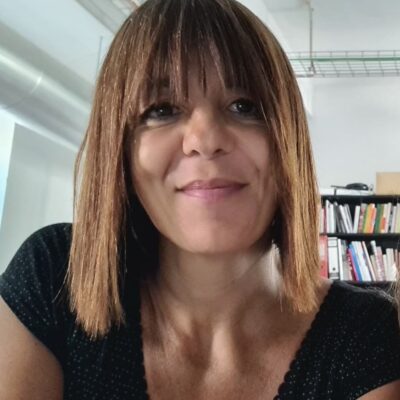The main goal of this research is to leverage drawing as a non-verbal language to transcend the communication barriers faced by individuals with partial to complete locked-in syndrome. We are exploring the possibility of using the human body as an interface, no matter how limited in functionality, to facilitate cognitive stimulation and emotional expression through art. This approach is grounded in the understanding that creative expression and communication are fundamental human needs and can significantly impact the well-being and quality of life of individuals with severe motor impairments.
By incorporating Co-Design and Participatory Design within a human-centred and creative mindset approach, the project aims to develop accessible and enriching immersive environments that cater to patients' individual needs. The expected outcomes include improved non-verbal communication, emotional well-being, and increased opportunities for social interaction. This research is underpinned by a rigorous academic framework, drawing on a diverse range of literature from neurological studies to design theory and interaction design, ensuring a comprehensive and innovative approach to tackling the challenges faced by individuals with partial to locked-in syndrome.
